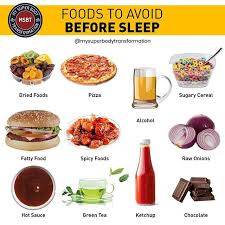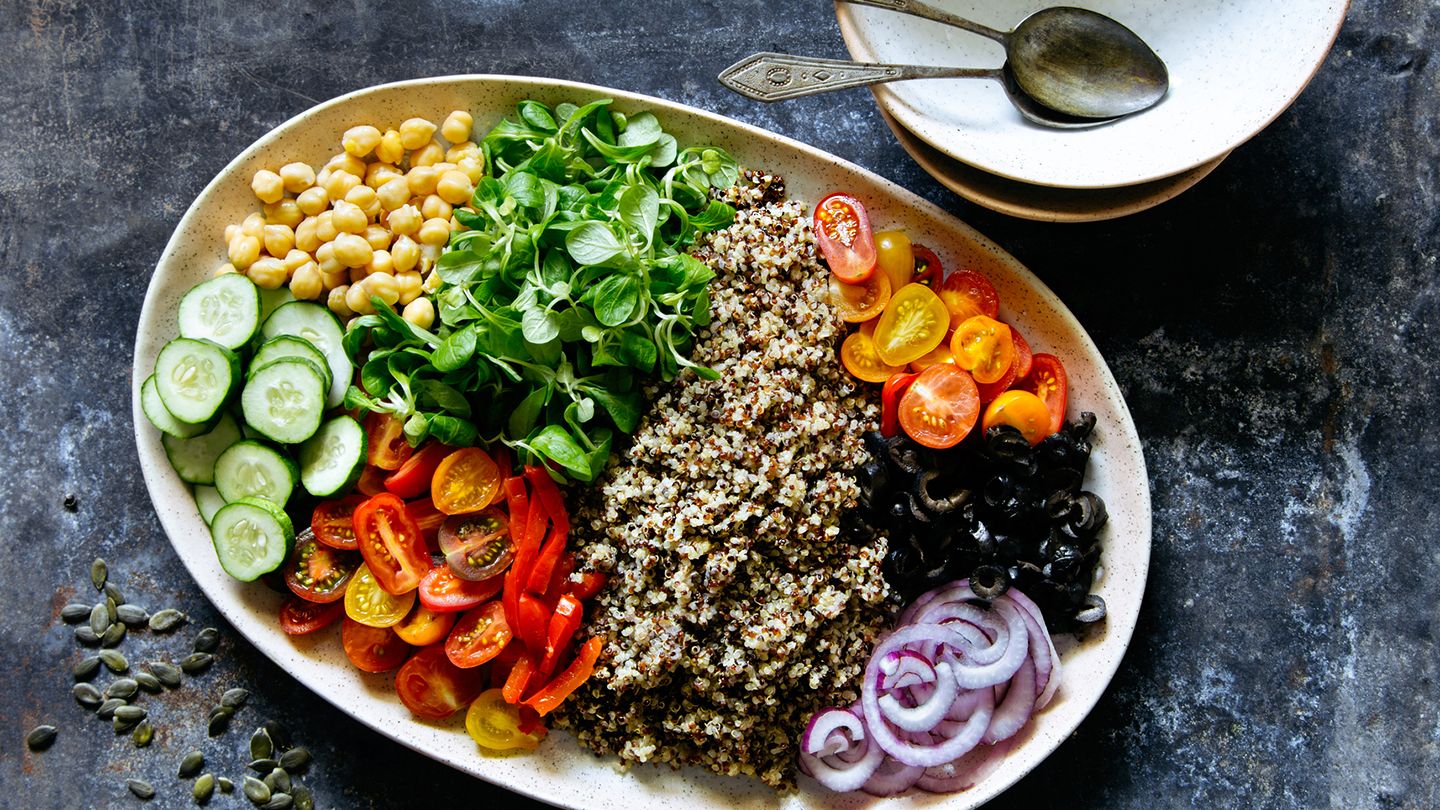
There are many things you can do to keep your diet full of nutritious and tasty foods, but there are also a lot of unhealthy healthy foods that you probably don't know about. Calories may not be everything, but they do matter. What is more important is the nutritional value and ingredients of the food. You can also replace processed foods with whole-grain alternatives to make some lifestyle changes. Here are some of our top picks. Remember that eating multiple types of food is healthier than one type.
Avoid sugary snacks and drinks. Added sugar and fat are bad for your health. Most muffins that are sold in stores contain only cake inside a muffin shell. Don't eat "healthy" frozen dinners. They are packed with preservatives as well as sugar. The majority of fat-free, gluten-free desserts lack nutrients. Most so-called health foods are filled with artificial junk. The high-GI fruit mangos and bananas are great sources of natural fiber which is crucial for our bodies.
When choosing healthy foods, look for those with less fat, sugar,, and more. These nutrients are unhealthy. It is better not to eat too many of these nutrients than to avoid them. If you want to enjoy a treat, then go for the healthier option. Organic and free-range eggs are some of the best choices. You should always consult a doctor if in doubt. It's easy and simple to switch to healthier eating habits. It doesn't take much effort or research to make the switch to a healthier diet.

Aim for a variety of healthy foods in your diet. Get more fruits and vegetables in your diet. They are healthier long-term. You don't have to be a calorie-monster in order to reap the health benefits of healthy food. There are many options to increase your intake of healthy foods without feeling hungry. Finding a balance between healthy and unhealthy foods will ultimately help you lose weight and stay healthy.
While most fast-food chains are trying to promote themselves as health-conscious consumers, they should not be confused by the word "healthy" on the packaging. Even "healthy" foods contain sugar substitutes that can actually increase caloric intake and increase the risk of diabetes. Those with healthy eating habits should avoid unhealthy foods and stick to whole foods. There are many ways to make your diet more nutritious. Only make healthier choices.
Another common example of a fake healthy food is plant-based meats. These foods are not real meats. These foods look and taste like real meat, and they contain high amounts of sodium and fat. These foods are not a good choice for your diet. These foods can be dangerous so you should only eat whole and nutrient-dense meals. It's important to make sure you have the right balance of healthy and unhealthy foods in your diet.
If you're looking for a more natural option, opt for raw or organic foods. These foods are low in fat, and high in antioxidants. They're also rich sources of vitamins C- and A. They are low in calories and therefore a good choice for those with diabetes. Follow the advice of your doctor to get the best results. These foods are the most nutritious foods for your body. These foods can help you maintain a normal level of blood sugar.

Some of the most popular yogurts are not as healthy. These yogurts are often flavored with high levels of sugar. Low-fat yogurt can be found with 15 grams of sugar per cup, which is still quite a lot. It is best to buy unsweetened milk to get low-fat versions of milk. Non-fat frozenyogurt can be used in place of ice cream.
While it is important to avoid high-fat foods you also need to remember that they are full of vitamins and fiber. Look for bars with at minimum three grams of proteins and sugar. Look for energy bars with minimal ingredients and less sugar than 10 grams. This will help to reduce weight and improve your general health. You'll thank yourself later!
FAQ
What is the difference between a virus and a bacterium?
A virus is a microscopic organism which cannot reproduce outside of its host cell. A bacterium, a single-celled organism, reproduces by splitting into two. Viruses are very small (about 20 nanometers) while bacteria are larger (up to 1 micron).
Viruses are usually spread through contact with infected bodily fluids, including saliva, urine, semen, vaginal secretions, pus, and feces. Bacteria are usually spread through direct contact with contaminated objects or surfaces.
Viruses can enter our bodies through cuts, scrapes, bites, or other breaks in the skin. They can also penetrate the skin through the eyes, nose or mouth.
Bacteria can enter our bodies through wounds, cuts, scrapes, burns, insect stings, or other breaks in our skin. They can also enter our bodies from food, water, soil, dust, and animals.
Viruses and bacteria both cause illness. But viruses can't multiply within their hosts. They infect only living cells, causing illness.
Bacteria can cause illness by multiplying in the body. They can infiltrate other parts of the body. They can even invade other parts of the body, which is why antibiotics are necessary to eradicate them.
How often should you exercise?
For a healthy lifestyle, exercise is vital. There is no set time limit for exercising. The key is finding something you enjoy and stick with it.
If you work out three times a week, then aim to complete 20-30 minutes of moderate intensity physical activity. Moderate intensity means you'll still be breathing hard after you've finished. This type workout burns about 300 calories.
Walk for at least 10 minutes four days a weeks if you prefer walking. Walking is low-impact and easy on the joints.
Jogging for 15 minutes three days a week is a good option if you prefer to run. Running is a great exercise to build muscle tone and burn excess calories.
Start slowly if you aren't used to doing exercise. Begin by only doing 5 minutes of cardio five times per week. Gradually increase duration until you achieve your goal.
What's the best diet?
Many factors influence which diet is best for you. These include your age, gender and weight. Also, consider your energy expenditure, whether you prefer low-calorie food, and whether you enjoy eating fruits or vegetables.
Intermittent Fasting is an alternative to traditional fasting if you are looking to lose weight. Intermittent Fasting means that you eat only specific meals throughout your day and not three large meals. This might be better for you than traditional diets, which have daily calorie counts.
Studies have shown that intermittent fasting can improve insulin sensitivity and decrease inflammation. This could lead to improved blood sugar levels, and a lower risk of developing diabetes. Other research suggests that intermittent fasting may promote fat loss and improve overall body composition.
Statistics
- In both adults and children, the intake of free sugars should be reduced to less than 10% of total energy intake. (who.int)
- According to the 2020 Dietary Guidelines for Americans, a balanced diet high in fruits and vegetables, lean protein, low-fat dairy and whole grains is needed for optimal energy. (mayoclinichealthsystem.org)
- Extra virgin olive oil may benefit heart health, as people who consume it have a lower risk for dying from heart attacks and strokes according to some evidence (57Trusted Source (healthline.com)
- This article received 11 testimonials and 86% of readers who voted found it helpful, earning it our reader-approved status. (wikihow.com)
External Links
How To
How to Live a Healthy Lifestyle
A healthy lifestyle involves living a healthy life that is able to maintain your weight, good health, and your fitness level. Healthy living means eating right, exercising regularly, getting enough rest, and staying away from harmful substances like alcohol, tobacco, cocaine, and drugs. A healthy lifestyle can help you feel confident and fit. A healthy lifestyle can help reduce your risk of developing chronic diseases such as heart disease, strokes, diabetes, cancer and osteoporosis.
The goal of this project is to give a step by step guide on how to live healthier lives. The introduction was the first portion of the project. It describes the benefits of living a healthy life, what it means, and who we are. Then, I wrote the body paragraphs, which consist of different tips on how to keep a healthy lifestyle. The conclusion summarizes the article and offers additional resources if necessary.
This assignment taught me how to write a concise paragraph. I also learned how topic sentences and supporting details can be organized. My research skills were also improved as I had to search for specific sources and properly cite them. I also learned how to write with proper grammar.